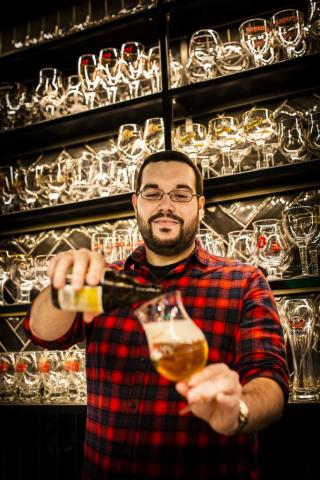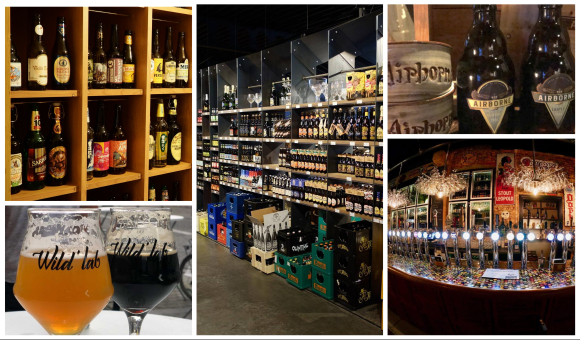
With the arrival of good weather, spring is the time of year for many to plan their next vacation in detail. Among the endless options available around the world, Wallonia stands out as a highly recommended holiday destination, thanks to its interesting combination of natural, cultural, historical and, of course, culinary attractions.
Beer is a fundamental part of belgian culture, so much so that it was recognized by UNESCO as an Intangible Heritage of Humanity in 2016. This beverage is very active in belgian daily life, and that's why in this short guide, I will recommend you five beer spots you should not miss while sightseeing in some Wallonia's main cities.
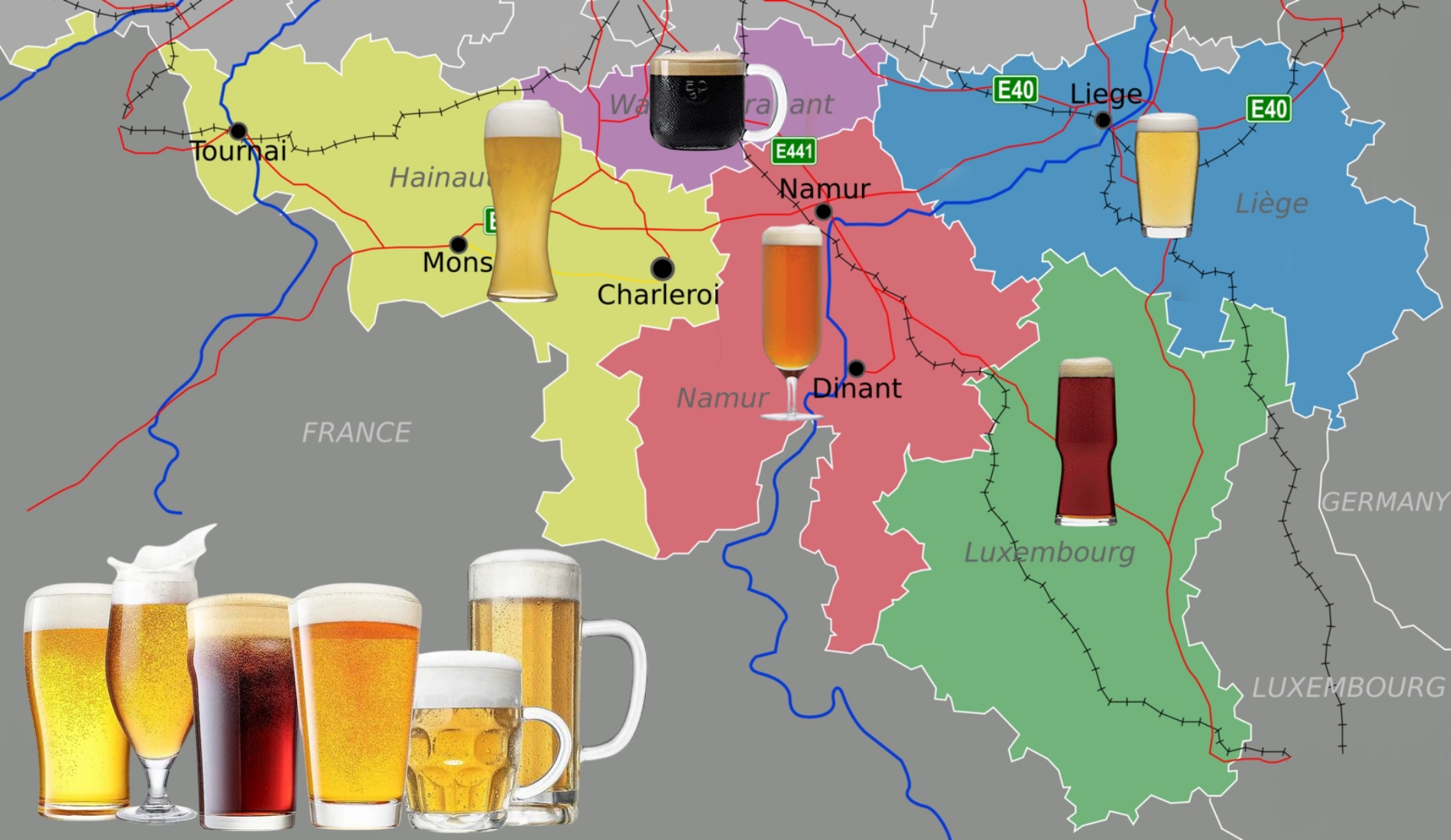
Wavre – Walloon Brabant
We begin the route in Wavre, the capital of the Walloon Brabant province, located just 20 kilometers from Brussels. The Dyle River flows through this town of nearly 35.000 inhabitants, famous for hosting some of the combats of the well-known Battle of Waterloo, in which Napoleon's troops were soundly defeated by the army commanded by the Duke of Wellington.
Many of those who come to Wavre are attracted by Walibi, Belgium's largest theme park. In addition to being home to impressive roller coasters like Loup Garou – Werewolf or Kondaa (considered the tallest and fastest coaster in the Benelux region, with a top speed of 113 km/h), the annexed Aqualibi water park offers numerous slides, different water attractions and pools for the whole family.
In the city center, a visit to the town hall, located in a former Carmelite convent, is a must. Next to it is the popular statue of "Le Maca", which seems to climb its walls and has become a symbol of the town. And while it is tempting to end your trip to Wavre with a stop at some of the restaurants and cafés on Rue de la Source, a picturesque cobblestone street in the heart of the city, this town also has a very interesting beer plan.
Beer Therapy is a craft beer bar and shop specializing in products made by belgian microbreweries. Open since 2019, it has four taps and more than 140 different beer references available in its fridges and shelves, as well as a selection of natural wines, fruit juices, coffees, teas, and organic infusions. All of this can be enjoyed in its cozy lounge with vintage-style sofas, accompanied by a selection of cheese, cured meats and locally produced sausages. It offers a special monthly selection of beers, and also regularly hosts concerts and performances.

Mons - Hainaut
Hainaut, a province bordering France, boasted extensive coal mining operations in the 19th and 20th centuries, and was the scene of fierce fighting in both World Wars. Today, it is one of the most active agricultural and livestock areas in Wallonia, and its capital Mons well worth a visit.
With a population of nearly 100.000 inhabitants, it is an important educational and commercial center. It has two universities, was recognized as the European Capital of Culture in 2015, and it is said that during his stay in the area in 1880, the famous painter Vincent van Gogh made his first brushstrokes.
As for its tourist attractions, the route through the historic center begins at its Grand Place, where the Beffroi is located: an impressive baroque bell tower that dominates the skyline of Mons. And you cannot miss going to touch the "Petit Singe", a small statue of a monkey that represents the joking, festive and carefree nature of the city.
Not far from there is Rue de la Chausée, which is home to numerous bookstores, cafés, and bistros. But if beer is your thing, you absolutely have to head to Drink Factory. Since 2017, this retail space has offered an impressive selection of beverages, including over 1.000 different beers. There you can lose yourself in its aisles and shelves filled with beers, special packs, merchandising and beer glassware, and even recharge after your shopping at its on-site bar.
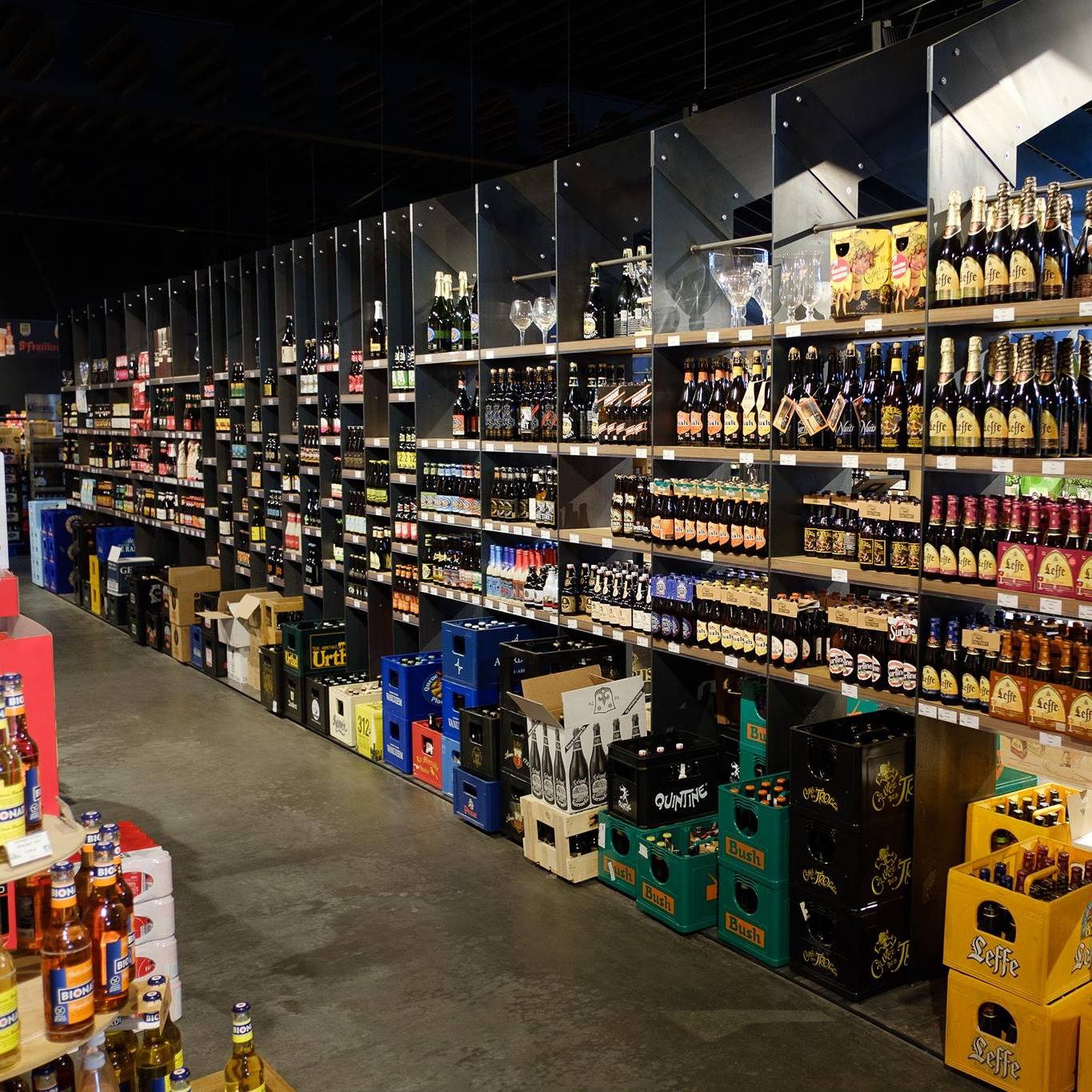
Liège - Province of Liège
With nearly 700.000 inhabitants in its metropolitan area, Liège is the fifth most populous city in Belgium and the second in Wallonia. Located in the Meuse River Valley, very close to the borders with Germany and the Netherlands, it boasts a well-developed industrial and business network. Today, it is home to numerous leading technology and digital companies, earning it the nickname "the Palo Alto of Europe".
For many, mentioning Liège automatically brings to mind its waffles, a sweet that has become one of Belgium's culinary icons. However, the city also produces many other famous foods like Liège syrup, Spa water, Galler chocolate and Jupiler beer. Nor can we forget the cultural heritage of Liège, which boasts being the birthplace of crime novel writer Georges Simenon, hosting the 1939 World's Fair, and being home to the Royal Opera of Wallonia, a large cinematographic complex and several renowned museums.
Visiting the city means soaking up its spectacular religious heritage, which includes historic temples such as Saint Paul's Cathedral and the Benedictine Abbey of Saint-Jacques. Also, a must-see is the Curtius House, a renaissance palace that houses an interesting archaeological collection. And if you have enough time, you can attend a match of Standard de Liège, one of the most popular and successful teams in the Belgian Football League.
Beer fans cannot leave the city without stopping at Wild Lab. This bar and shop specializing in craft beer has 14 taps and over 100 rotating beer references for have there or takeaway, covering the best beers of the moment from both the belgian and international scene. In addition to the hip-hop beats pumping out of this small but stylish bar, the beers can be paired with an enticing selection of local pâtés and foie gras.
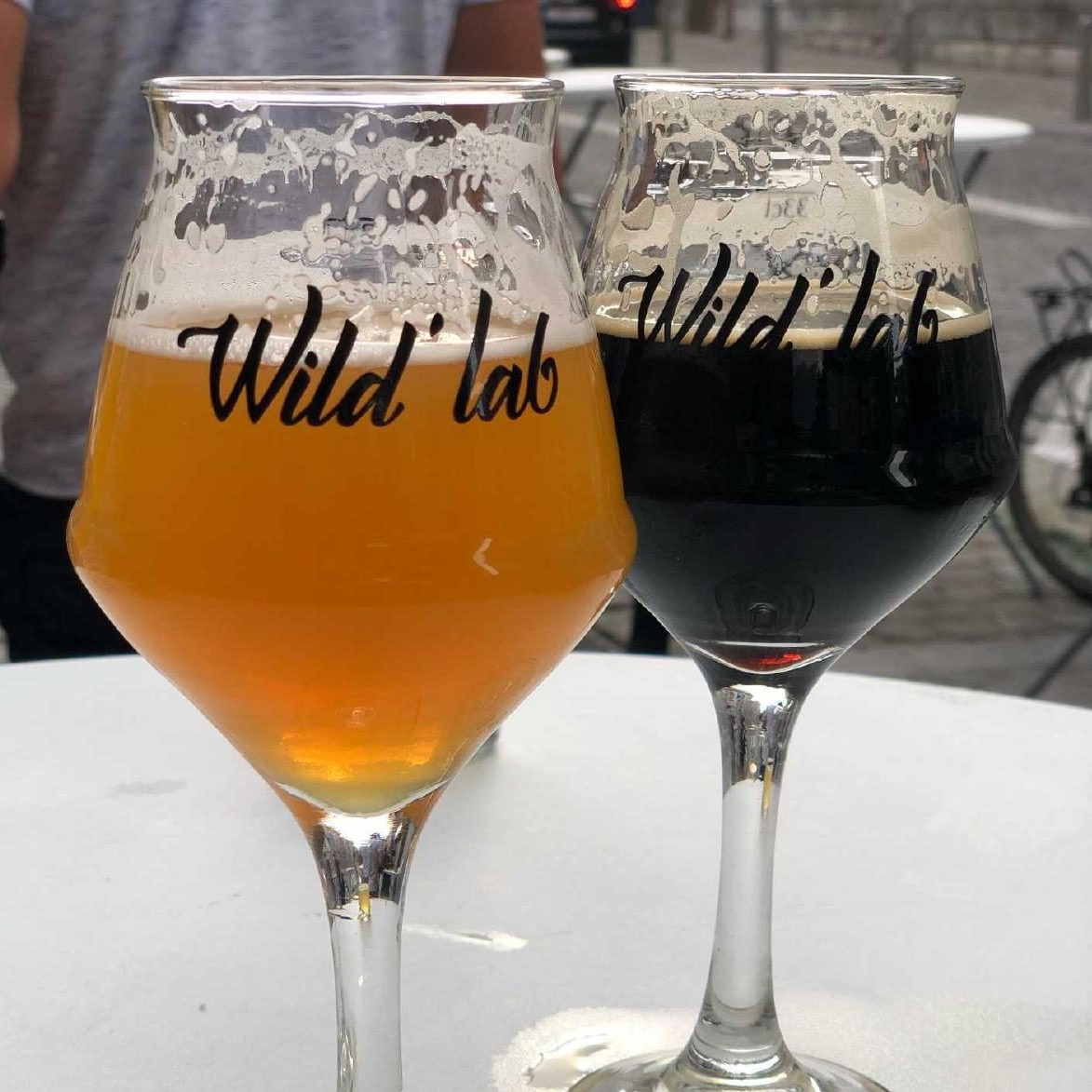
Bastogne - Luxembourg
The walloon province of Luxembourg occupies the southeastern region of Belgium and borders the country of the same name, from which it became independent in 1831. It is the largest province in the country, and a big part of its territory is occupied by The Ardennes, a natural region full of hills and extensive forests that is sure to be very familiar to history and cycling enthusiasts.
One of the best-known towns in the region is Bastogne, a municipality with around 15.000 inhabitants and considered an important place of historical memory. In addition to the Porte de Trèves and the remains of the ancient 14th-century walls, the town was the scene of a siege suffered during World War II by the US 101st Airborne Division under the command of General McAuliffe. As witnesses to that battle, the city has various museums, interpretation centers and memorials, and even a monument in a central square with a restored Sherman tank that took part in that battle can be found.
Cycling enthusiasts also hold this town in high regard, as it forms part of the famous Liège-Bastogne-Liège route. This race is one of the five classic events that have been designated "monuments of cycling" for their history, prestige and toughness. Due to its first edition took place in 1892, it is considered the oldest of them all. Great cyclists of all time have competed on this demanding route, which, on the last Sunday in April, climbs numerous peaks in The Ardennes region and passes through the town of Bastogne. The most renowned of these is undoubtedly the belgian Eddy Merckx, who achieved five victories between 1969 and 1975.
A good way to combine the history and brewing tradition that surrounds the town is to visit the Brasserie Lamborelle. Not only can you taste some of the most iconic dishes of the local cuisine, with cheese as the star attraction, but you can also pair them with belgian trappist beers or even Airborne beer, dedicated to the american troops who fought in the city. You also cannot leave Bastogne without at least trying a Chouffe, the popular beer inspired by The Ardennes gnomes, and brewed just a few kilometers away.
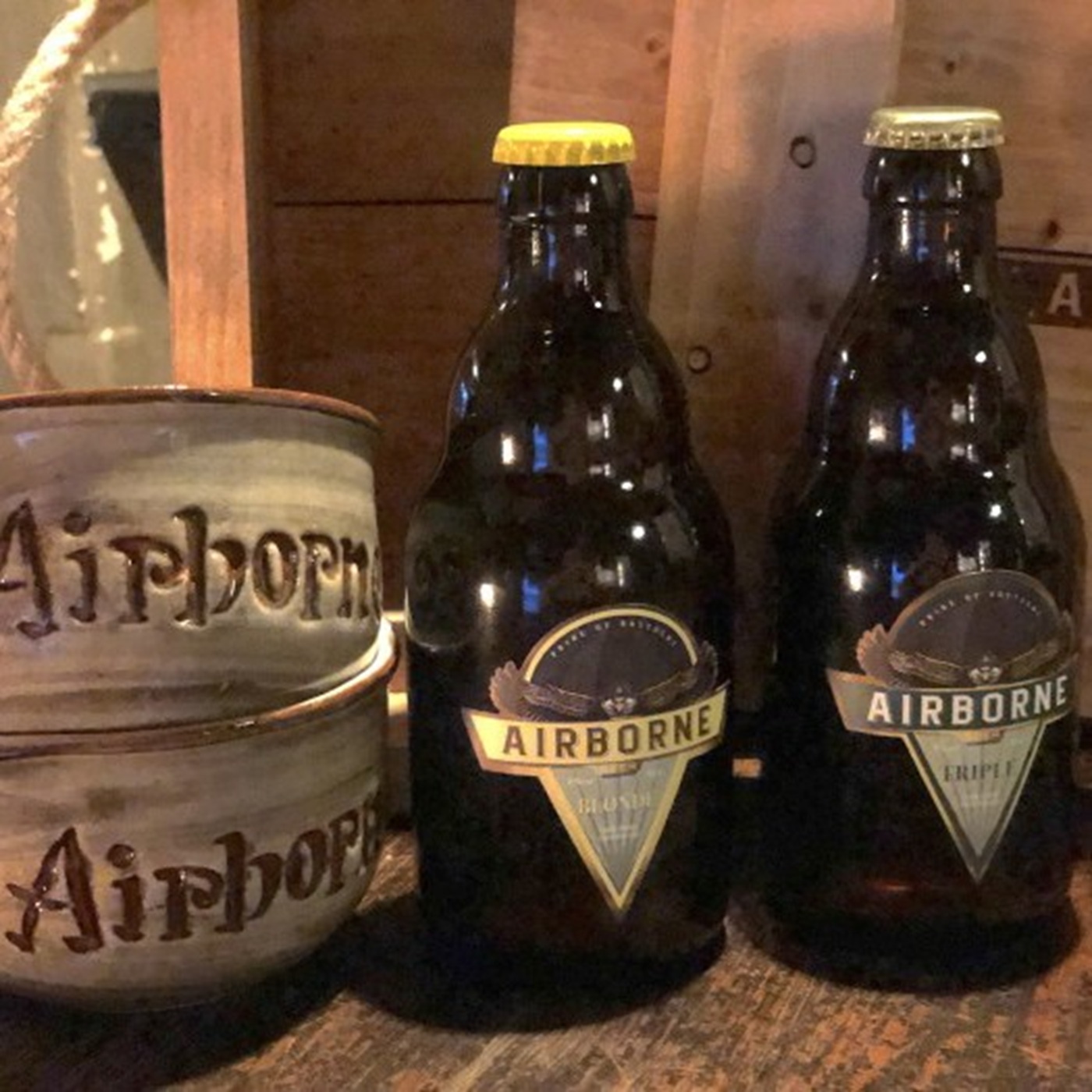
Namur – Province of Namur
We conclude this tourist route through Wallonia in Namur, bordering the other four walloon provinces. Its capital and namesake city has over 100.000 inhabitants and is an important transportation hub in this part of the country, as the Sambre and Meuse rivers meet here.
The city's origins date back to Roman and even Celtic times, when it formed part of the trade routes that crossed The Ardennes. It reached its peak in the Middle Ages, when a citadel-fortress was built there, which can now be visited. Furthermore, the city's bell tower was declared a World Heritage Site as part of a group of 56 beffroi style bell towers spread across different belgian and french towns.
Another attraction of Namur is its stilt tournament, held for over 600 years. These jousts, held on colorful 2-meter-long wooden stilts, pit representatives from the old town and its suburbs against each other. In 2021, this popular tradition was recognized as Intangible Cultural Heritage of Humanity by UNESCO. In September the city also hosts the Fêtes de la Wallonie, which features food and game stalls, regional folklore and liters of peket, a locally produced fruit brandy flavored with juniper berries.
But if you prefer beer to spirits, your go-to place in Namur is Barnabeer. This beer bar, located just a few meters from the local university, has a wide selection of more than 300 belgian beers available by the bottle or on tap, making it an ideal space for a meeting with friends or an afterwork. It has an extensive and detailed beer list, which can be paired with sausages, cheeses or salted meats. A highly recommended option is to start your visit to the bar with a Blanche de Namur, a smooth witbier style beer brewed by Du Bocq, named after the city and combining wheat notes with subtle citrus and spice notes.
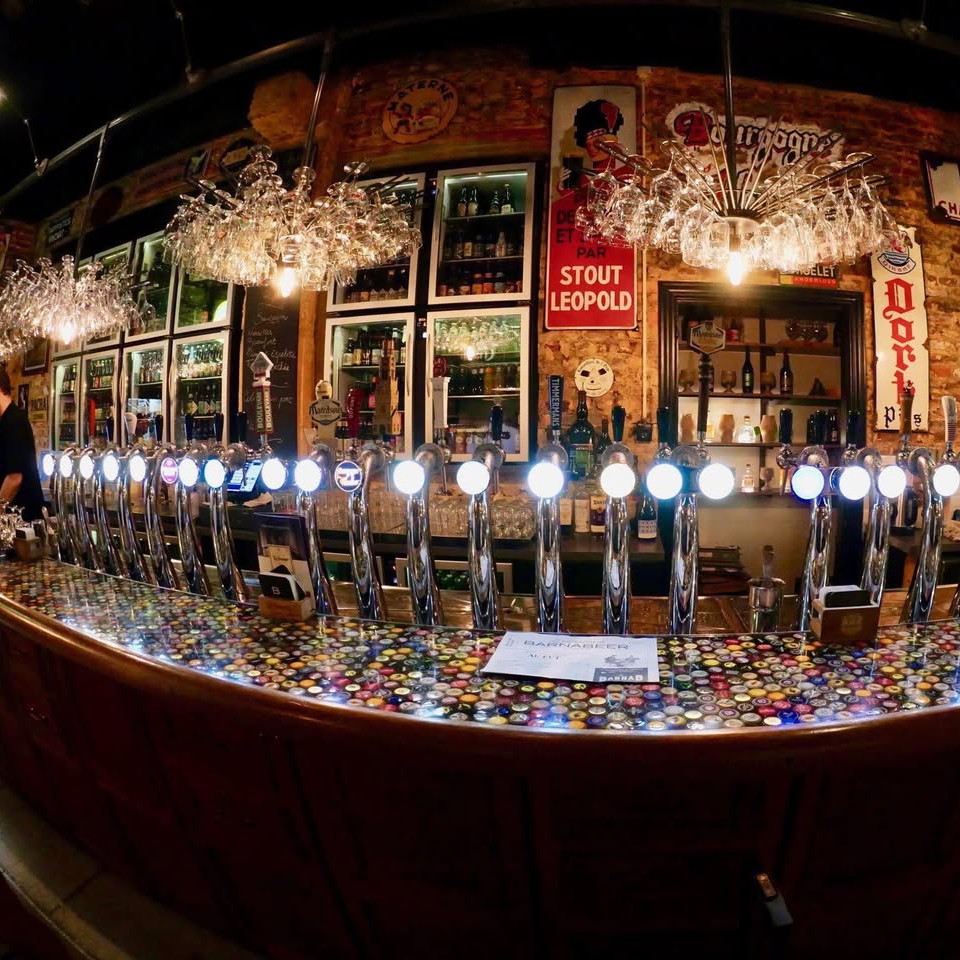
I hope this short trip through some of its cities has sparked your interest in visiting the Walloon region and experiencing all its charms and tourist attractions firsthand. And when you do, make sure you include good beer on your itinerary!
